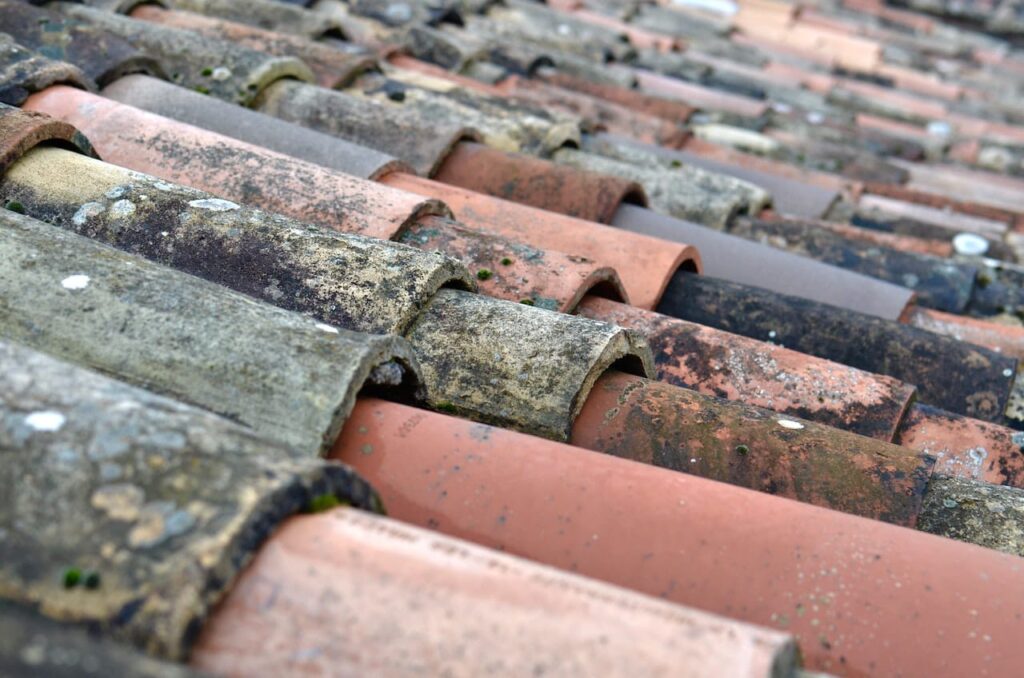
Roofs are one of the hardest parts of a home to replace. If you’re considering getting a new roof, your old one has likely been installed for over two decades. Roofs are resilient structures, but the combined exposure of thousands of hours in direct sunlight, heavy rain, and humidity takes a toll. The most common problems in old roofs include cracked shingles, leaks, sagging decks, and mold. If you’ve run into any of these issues, and you want to take care of your problems effectively, keep reading to find some of the best tips you’ll need to replace a worn-out roof.
Quality Contractors
Installing a roof without the help of quality contractors is very difficult. The accuracy and manpower required to pull this off means that you will at least need a whole team of dedicated and experienced workers, and, at that point, it’s better just to hire contractors. They’re experienced and professional and will save you money, especially some of the cheaper contractors, and time because they are efficient. Contractors all over the country are involved in roofing. It has become easier than ever to find roofing specialists nearby thanks to the internet. For example, if you live in Texas, a quick search for roofing in Round Rock, TX on the internet can provide you with plenty of options to choose from.
Roofing Material
After deciding the best way to install a roof on your home, it’s time to get some roofing material. Different kinds of materials depend on the kind of roof you want or the climate you live in. Some of the most common options include asphalt shingles, metallic shingles, wood shakes, slate, or tiles. Next, you’ll need a roofing underlayment, an intermediate layer between the roofing material you purchased and the roof deck. This layer helps with waterproofing. You’ll also need roofing nails and fasteners to tie the shingles to the roof, ensuring they never get loose. These three materials working in tandem will ensure you make yourself a high-quality, sturdy, waterproof roof.
Roofing Adhesive
Roofing adhesive is another component that comes as standard in many modern roofs. Roofing materials need different adhesives or sealants to ensure tight, constricted adhesion. This is important as it further eliminates any gaps through which water may be able to pass. Skipping this step could be very harmful in the long run since water will slowly seep through even tiny gaps, and you’ll soon have a roof leak on your hands, and you’ll have to get a new roof all over again.
Ventilation Components
Having the proper ventilation equipment installed on your roof is integral. Without it, your home will become one huge stuffy box, absorbing all the heat and moisture it can and causing interior damage. If you have proper roof ventilation in your home, moisture is reduced, the temperature is more comfortable, and, most importantly, the structure of the house and the roof will be more secure. Some of the most common pieces of equipment include ridge vents, soffit vents, gable vents, static vents, and turbine vents. The most suitable vent for you depends on the size of your house and your preferences for how strong you want the ventilation to be.
Flashing Materials and Drip Edges
These components are used to further prevent water damage in the long term. Flashing materials are materials that are resistant to water, including steel, copper, and aluminum. These materials are installed at points of the roof where there are junctions and two inner components are meeting. These junctions are susceptible to water damage and potential leakages, so covering them with flashing material is essential. Drip edges are installed at the edges of roofs, collecting water and diverting it away.
Conclusion
Replacing a roof is no easy task. It requires dozens of hours and careful, precise modeling and engineering. If you’re looking into getting a new roof installed on your home, you should know both the requirements for your area’s climate and the local laws inside and out. If you’re not careful, a mistake could set you back hundreds of hours and a huge sum of money or a roof permanently attached to your house that you don’t want. However, if you stick with the advice included in this article, you should be ready to start your roofing journey.